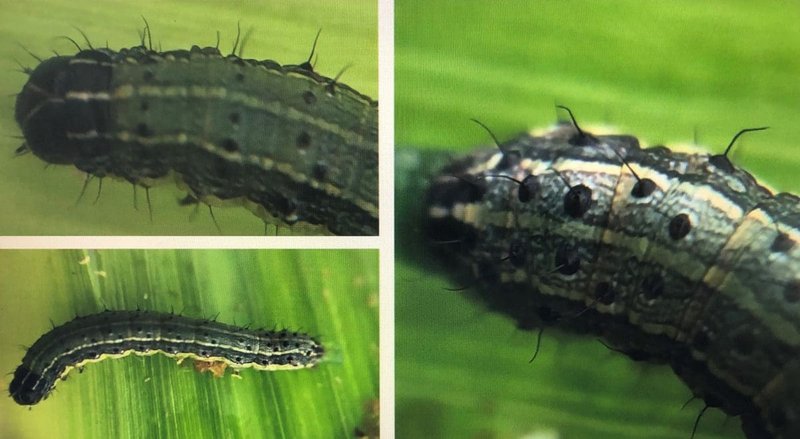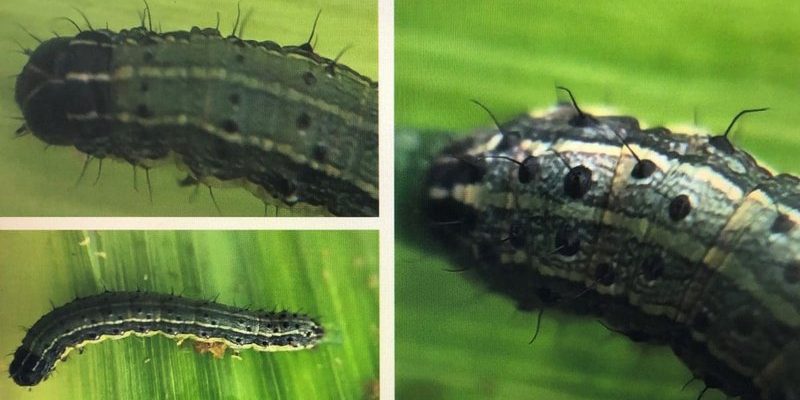
Imagine a bustling city where every resident plays a role, from the mayor to the local shopkeeper. In nature, these roles are filled by various creatures, each contributing to the ecosystem’s health. Wolf worms, for instance, might seem like a minor player, but they can affect the populations of larger animals, including wolves. By introducing natural predators into this scenario, we see a shift in the entire ecosystem—kind of like when a new cafe opens in your neighborhood, drawing in more foot traffic and changing the local vibe. So, let’s dive deeper into this curious world of wolf worms and their disruptors.
What Are Wolf Worms?
Wolf worms, known scientifically as spirocerca lupi, are parasitic nematodes that can have significant impacts on their hosts. They primarily affect canine species, especially wolves and domesticated dogs. These worms reside in the esophagus and other parts of the gastrointestinal tract, where they can cause a range of health issues, including vomiting, weight loss, and in severe cases, death.
The life cycle of wolf worms is equally intriguing. These parasites can be transmitted through ingestion of infected prey, such as rodents or birds. Once inside their host, the larvae mature into adults, leading to the formation of nodules and other complications. With this knowledge in hand, it becomes clear that controlling their population is crucial for the health of wolves and other canines.
But how do we manage these potentially harmful parasites? Enter the world of natural predators, which can disrupt the development of wolf worms and keep their populations in check.
How Natural Predators Work
Natural predators play a vital role in maintaining balance in ecosystems. By preying on hosts that are infected with wolf worms, these predators can interrupt the parasite’s life cycle. Think of it like a game of tag: if a wolf is tagged by a predator, it may not be able to spread the infection to other animals. This reduction in transmission can significantly lower the chances of more wolves becoming infected over time.
Predators can include a variety of species ranging from birds to larger mammals. They help regulate the populations of smaller animals that are often carriers of wolf worms. By keeping these populations in check, natural predators indirectly reduce the chances of wolves encountering the parasites in their environment.
So, what types of natural predators disrupt wolf worm development? Let’s explore some of the most effective ones below.
Birds of Prey and Their Impact
Birds of prey, like hawks and eagles, are significant players in the fight against wolf worms. These skilled hunters often target small rodents, which are common hosts for wolf worms. When they swoop down and catch these rodents, they effectively remove potential carriers of the parasite from the ecosystem.
By preying on these small mammals, birds of prey disrupt the transmission chain. Imagine a hawk circling above, scanning the ground, and swooping down to catch a mouse. With each successful catch, the risk of wolf worms spreading in local wolf packs diminishes. If fewer rodents are around, wolves encounter fewer opportunities to ingest the parasites.
The presence of these birds can also signal a healthy ecosystem. A balanced population of birds indicates that there are enough rodents for them to hunt. This balance is essential, as it ensures that wolf worms do not proliferate unchecked in the environment.
Smaller Mammals as Predators
While larger predators often get the spotlight, we shouldn’t overlook the role of smaller mammals like foxes and weasels. These cunning hunters actively seek out rodents that may carry wolf worms. In this way, they help keep the populations of these infected hosts under control.
For instance, a fox might rummage through a field, erratically darting from one bush to another, keenly aware of its surroundings. When it successfully catches a rodent, it indirectly reduces the number of wolf worms that could be passed on to wolves. Think of these smaller mammals like your neighborhood cat—always hunting for small creatures to chase, but their impact is much more significant than just a playful pounce.
By maintaining a balance among these predator populations, we can support the overall health of larger predators like wolves. It’s all about interconnectedness in nature.
The Role of Scavengers
Scavengers, such as vultures and raccoons, may not actively hunt for wolf worm carriers, but they play an essential role in the ecosystem as well. By consuming carrion (dead animals), these scavengers can help break the cycle of infection. If a wolf dies from a wolf worm infection and is eaten by a scavenger, the worms will not propagate further.
In this scenario, scavengers act almost like cleanup crews. They help eliminate potential hosts and parasites from the environment. You might think of them as the unsung heroes of nature, quietly doing their job while ensuring that the ecosystem remains balanced and healthy.
Moreover, the presence of scavengers often indicates a robust food web. Healthy scavenger populations can help reduce the risk of disease transmission by consuming infected remains and preventing other animals from encountering the parasites.
Climate Change and Its Influence
Climate change complicates the balance of natural predator-prey relationships. As temperatures rise and habitats shift, the dynamics of ecosystems can change dramatically. Certain natural predators may be forced to migrate, while others may thrive in new environments, leading to unexpected consequences for wolf worm populations.
For example, if a particular bird species that helps control rodent populations migrates north due to temperature changes, the rodent population may surge in its absence. This could result in an increase in wolf worm cases among local wolf populations. It’s a clear reminder that everything is interconnected in the web of life.
On the flip side, some predators like foxes may become more adaptable, allowing them to thrive in changing conditions. However, this adaptability isn’t guaranteed for all species. Understanding how climate change impacts these natural predators gives us insight into potential shifts in wolf worm development.
Conservation and Management Efforts
Conservation efforts play a pivotal role in protecting both natural predators and their ecosystems. By ensuring these predators have suitable habitats and food sources, we can facilitate their role in managing wolf worm populations. This can involve protecting local wetlands, forests, and grasslands where these creatures thrive.
Moreover, educational programs that promote awareness about the importance of natural predators can help communities understand their value in maintaining ecological balance. By raising awareness about wolf worms and how they affect local wildlife, we can encourage responsible land management practices.
Engaging local communities in conservation efforts can lead to more sustainable practices. When people understand the connections between predators, prey, and parasites, they can make informed decisions that benefit the entire ecosystem.
Understanding the natural predators that disrupt wolf worm development helps paint a clearer picture of our ecosystems. Each predator, from majestic birds of prey to clever scavengers, plays a vital role in maintaining the health of wildlife, including wolves. By supporting conservation efforts and recognizing the importance of these natural disruptors, we can ensure healthier populations of wolves and other canines.
In the grand scheme of things, nature’s web is intricate and fascinating, reminding us that every creature, big or small, has its place. By appreciating and protecting these natural predators, we’re not just aiding wolves— we’re preserving the balance of life around us. So next time you see a hawk soaring in the sky or a fox scampering through the underbrush, remember that they’re players in a much larger game, one that’s crucial for the survival of various species, including our own.

